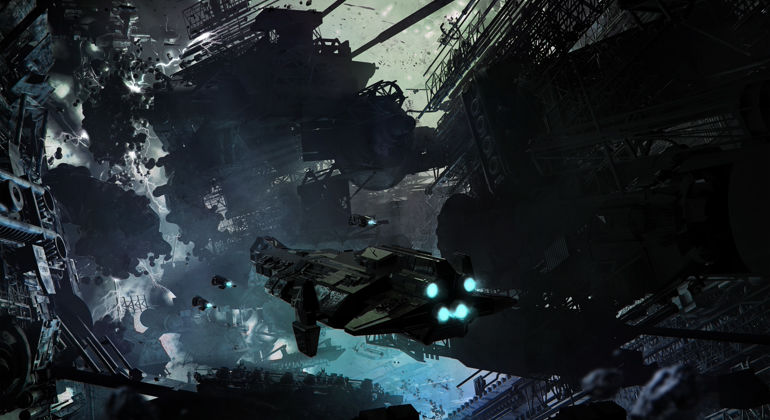PNG initials Portable Network Graphics. As an extension it is commonly used as .png. It is one of the most widely used file formats used for images among jpg and gif.
The history of PNG
PNG is a relatively new file format and it comes as a result of GIF, they claim. When using GIF, LZW compression algorithm is applied, but that involves certain processes which is regulated by the law therefore requires royalties. To avoid this, PNG was developed first officially in 1996.
PNG’s attributes
It is a file format that supports lossless data compression. It’s type of format is lossless bitmap image format and the internet media type used for this is image/png. It is lossless because during data compression no information is lost. Before and after compression the image will be the same from pixel to pixel.
Beneficial to use it
It is advantageous to use lossless compression, in general when it comes to images and especially to photographical pictures as it gives a possibility for later image process, or in case you do not want to lose a single pixel. During compression the algorithm uses a shortening for pixels with the exact same colour. That means it is ideal to use png file format when you generate an image on computer. It will be very likely that it uses the same colours in a higher rate, so using png for those can save many bites at storing.
In the future
PNG had different version updates, 1.1 in 1998 and a minor update to 1.2 in 1999. After five years of development, it has reached an international standardization in 2004. It is still one of the most popular image file formats on the web, thanks to its differentiations to the formats at the same popularity.















